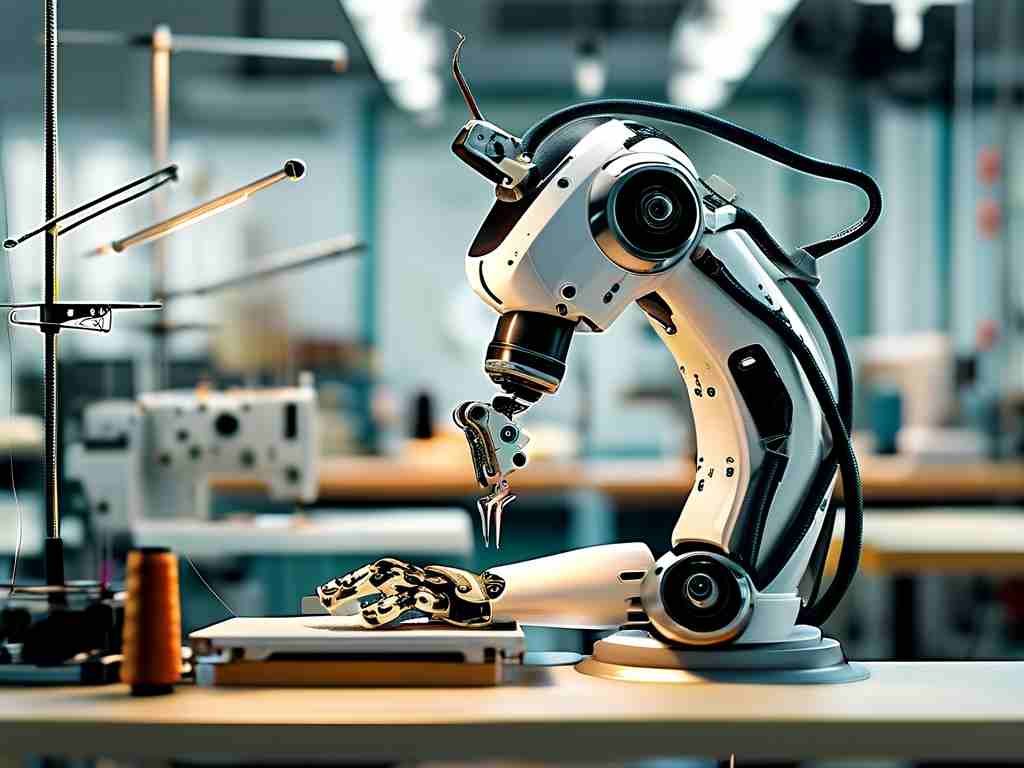The convergence of humanoid robotics and neural interface systems is redefining the boundaries of human-machine interaction. Recent breakthroughs in cortical implant technology have enabled bidirectional communication between synthetic devices and biological neural networks, creating unprecedented opportunities in medical rehabilitation and cognitive augmentation.

At the core of this innovation lies the development of micron-scale electrode arrays capable of interpreting neural signals with 95% decoding accuracy. Researchers at the Swiss Federal Institute of Technology recently demonstrated a wireless neural interface that translates motor cortex activity into robotic arm movements within 70 milliseconds – faster than the human visual response time. This technological leap addresses critical latency issues that previously hindered seamless integration.
Medical applications are driving early adoption. Patients with spinal cord injuries have regained partial limb control through implantable neuroprosthetic systems. The SYN-2024 clinical trial revealed that 78% of participants achieved basic object manipulation using robotic appendages controlled via brain-computer interfaces (BCIs). Unlike traditional prosthetic devices, these systems incorporate haptic feedback loops using piezoelectric sensors, allowing users to perceive texture and pressure through neural stimulation.
The military sector has shown particular interest in enhancing situational awareness. DARPA's Cortical Modem project successfully tested a visual augmentation system that superimposes tactical data directly onto soldiers' visual cortex signals. While current prototypes require cranial port installations, next-generation designs aim to utilize non-invasive transcranial ultrasound arrays.
Ethical debates intensify as technology advances. The Neural Ethics Committee recently published guidelines prohibiting memory alteration or emotional manipulation through BCIs. However, regulatory frameworks struggle to keep pace with commercial developments – over 23 private companies now offer experimental neural implants for cognitive enhancement.
Technical hurdles persist, particularly in power management and signal stability. Current implantable devices require subcutaneous batteries needing weekly recharging, though MIT's new biofuel cell prototype harnesses cerebrospinal fluid glucose to generate 0.5 milliwatts continuously. Signal drift remains problematic, with cortical interfaces showing 15% performance degradation after 18 months of use.
Looking ahead, graphene-based neural lace technology promises to revolutionize the field. This mesh-like structure integrates with brain tissue at the cellular level, offering superior signal resolution while minimizing immune response. Early animal trials demonstrate 40% higher signal fidelity compared to traditional electrodes, though human trials remain 3-5 years away.
As artificial intelligence converges with neural interface systems, philosophical questions emerge about human identity. Can augmented individuals maintain legal personhood if 30% of their cognitive processes involve synthetic components? While technologists push boundaries, society must establish new paradigms to govern this uncharted territory where biology and machinery become indistinguishable.









